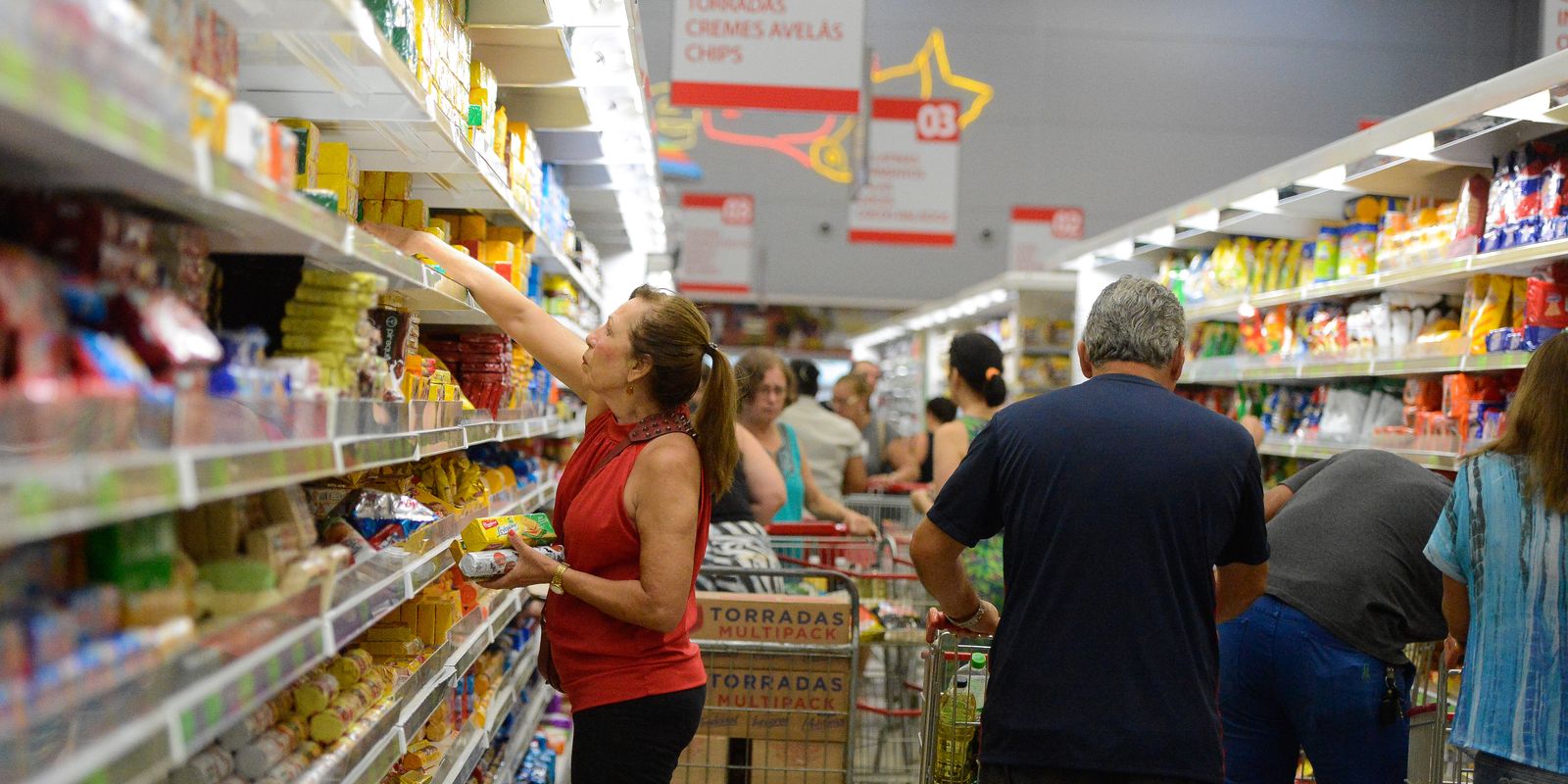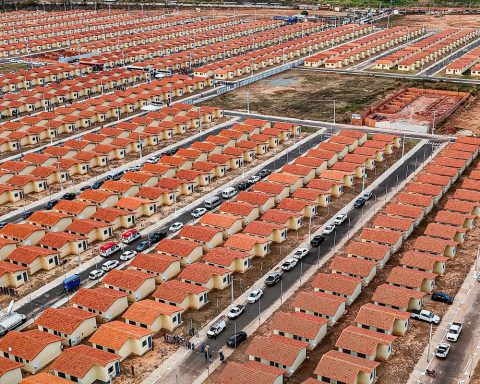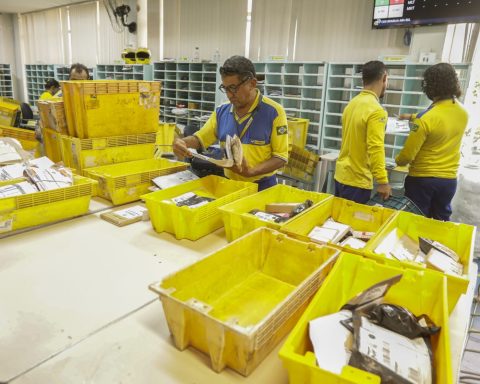Inflation slowed for all income groups in August compared to July of this year. For very low-income families, it fell from 0.09% to -0.19% last month. For high-income families, which recorded an increase of 0.80% in July, the result for August was 0.13%. The data comes from the Ipea Inflation Indicator by Income Group, released this Thursday (12) by the Institute of Applied Economic Research (Ipea).
All income classes showed a slowdown in accumulated inflation over 12 months. Very low-income families had the lowest accumulated inflation over the period (3.72%), while the high-income bracket recorded the highest percentage (4.97%).
The food and beverage and housing groups were the main factors that influenced the fall in inflation for practically all income segments. The deflations recorded in important sectors – cereals (-1.3%), tubers (-16.3%), vegetables (-4.5%), poultry and eggs (-0.59%), milk and dairy products (-0.05%) and bakery products (-0.11%) – caused a strong inflationary relief, especially for families with lower purchasing power, since the proportionally larger portion of their budget is spent on purchasing these goods.
Electric energy
In relation to housing, the 2.8% drop in electricity prices – reflecting the return of the green tariff flag and tariff reductions in some capitals – contributed to reducing inflation in August.
In the case of high-income families, even with the deflation of food and energy prices and the 4.9% drop in airline ticket prices, the 0.76% adjustment in school fees meant that the education group made a strong contribution to inflation in this class.
The increase in health plans (0.61%), medical and dental services (0.72%) and personal expenses (0.25%) also helps to explain this inflationary pressure in the higher income segments in August.
“The slowdown in current inflation compared to that recorded in August last year is largely explained by the improved performance of the housing and health and personal care groups. In the first case, the increase in the price of electricity in 2023 (4.6%) was well above the drop seen in 2024 (2.8%). For the health and personal care group, inflationary relief in August this year came from the 0.18% deflation of hygiene items, which contrasts with the 0.81% adjustments in August 2023,” says Ipea.

















